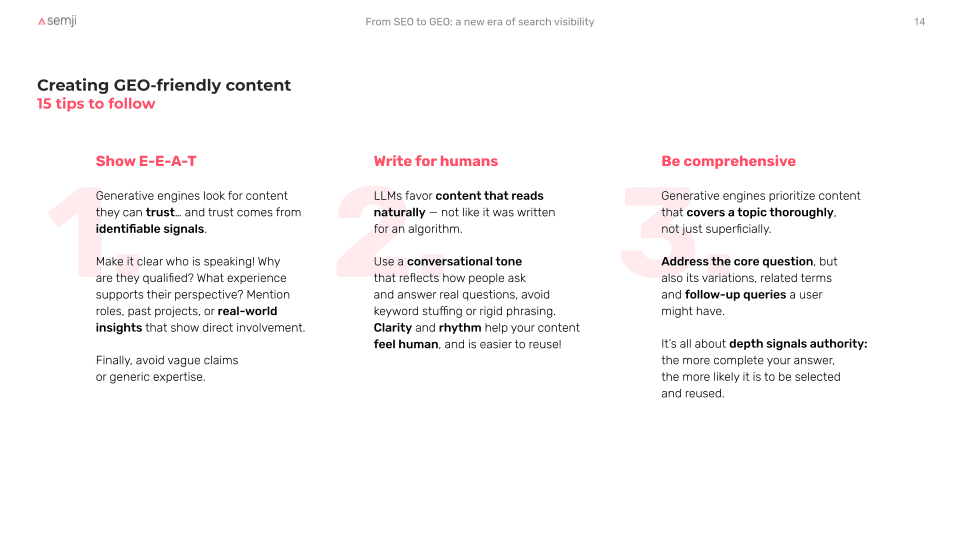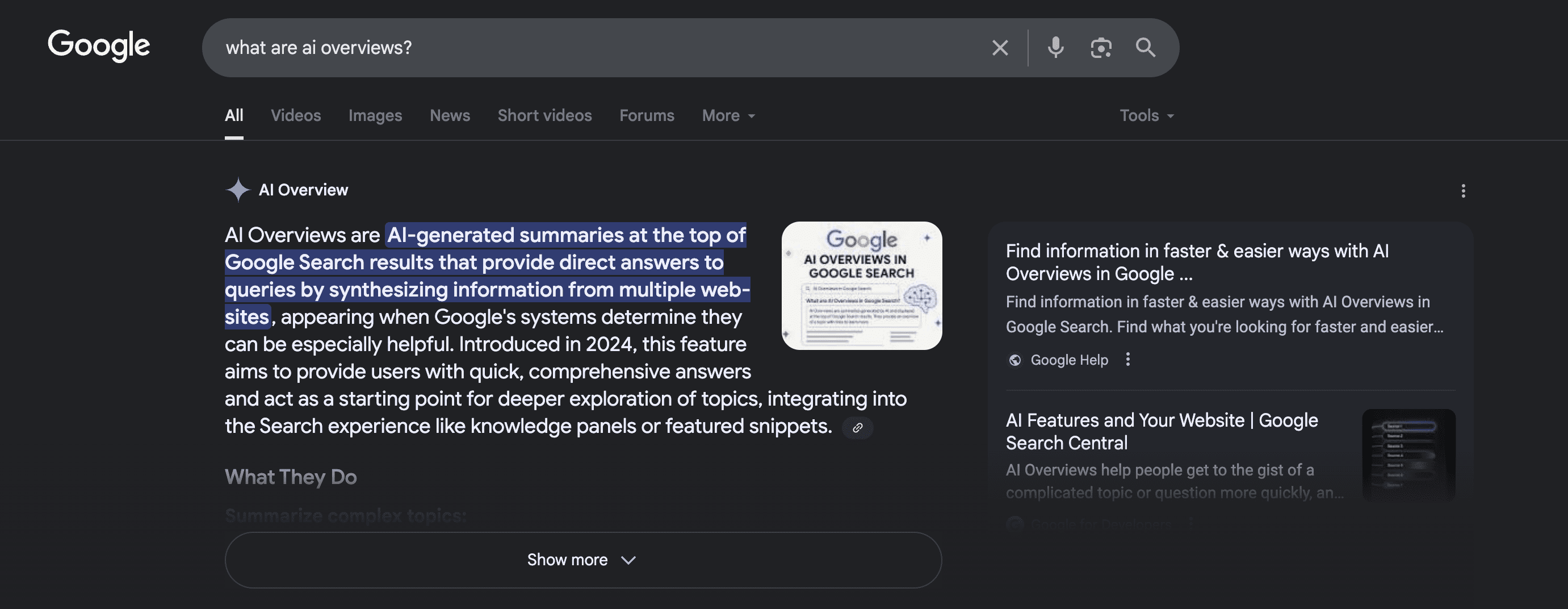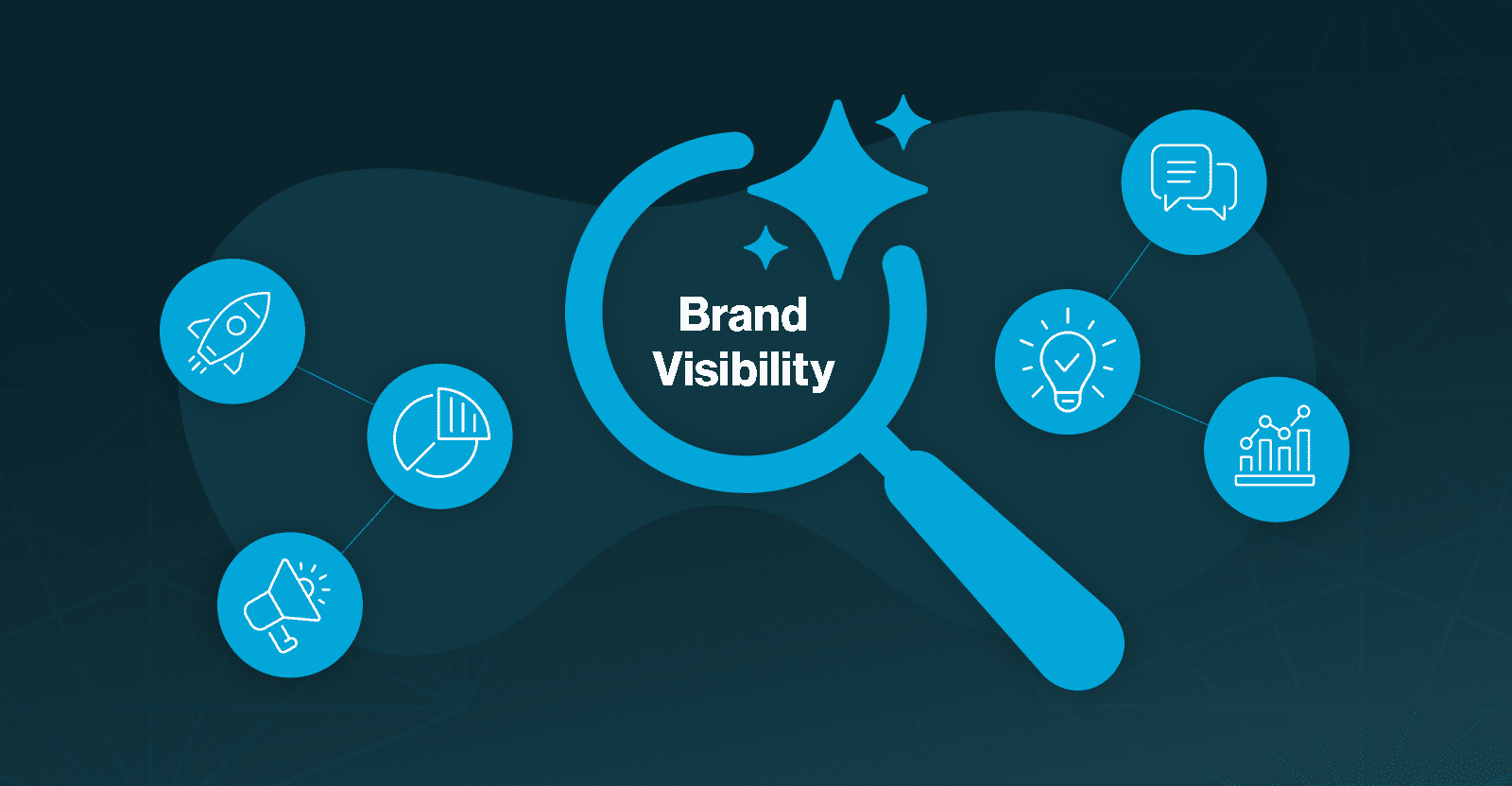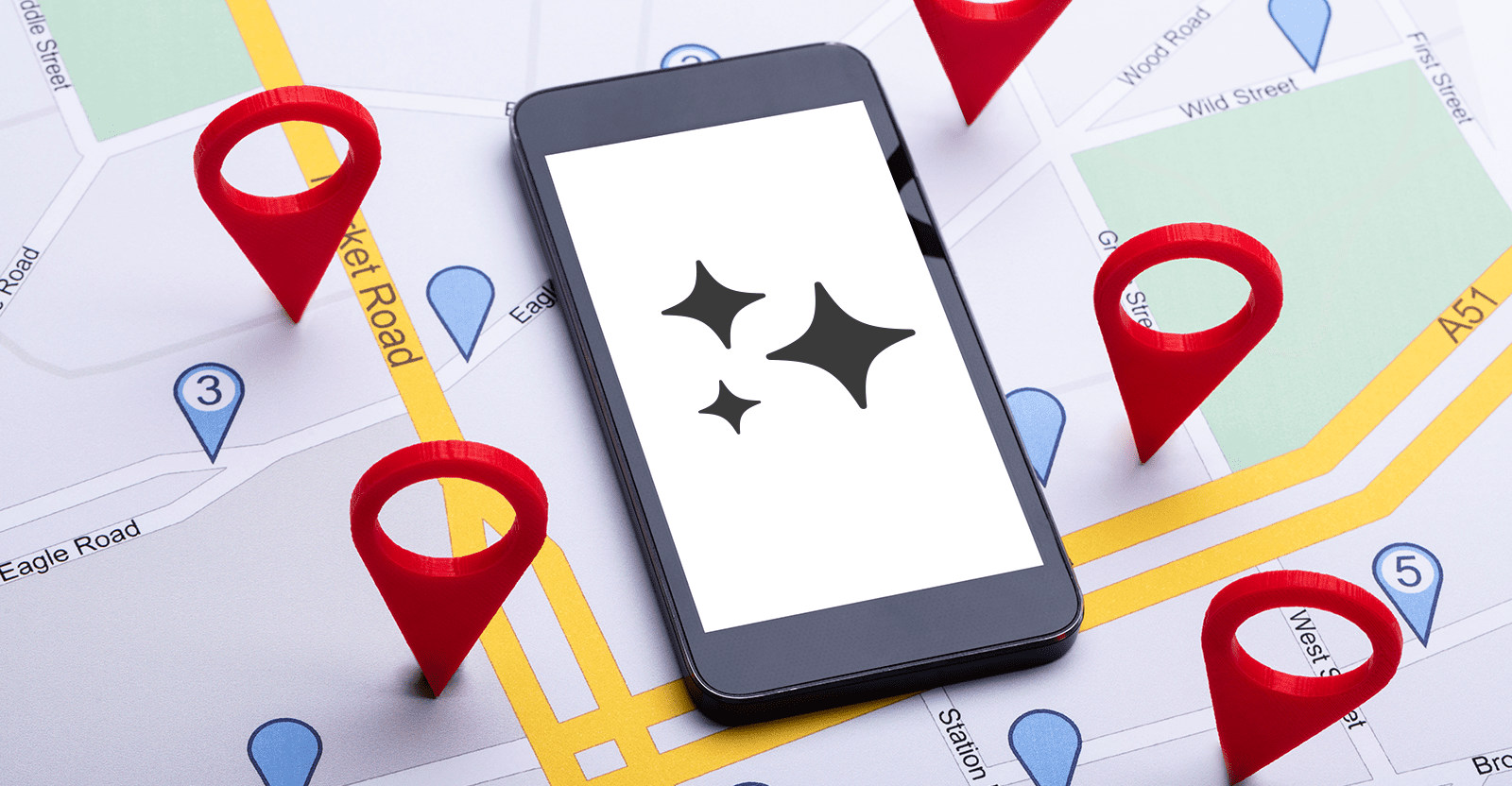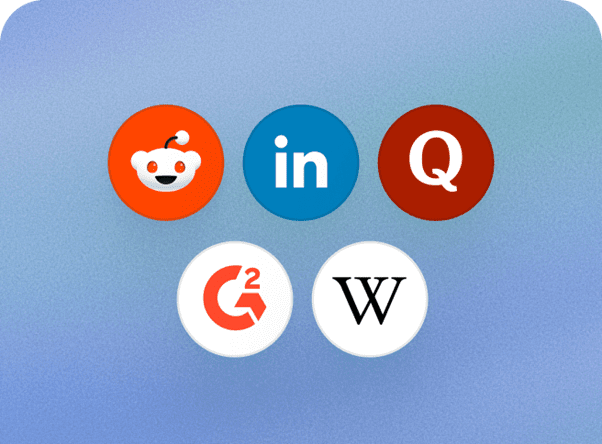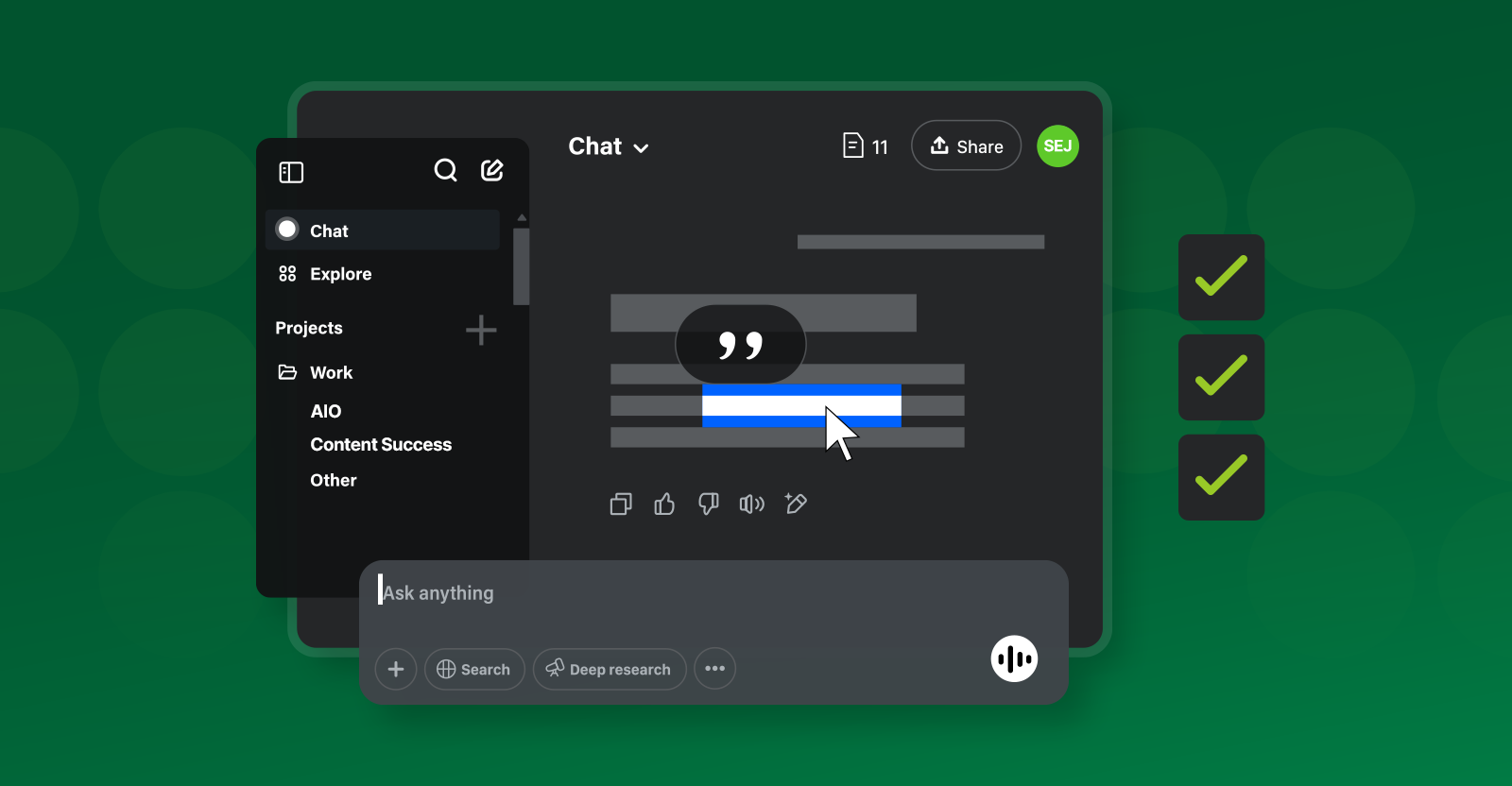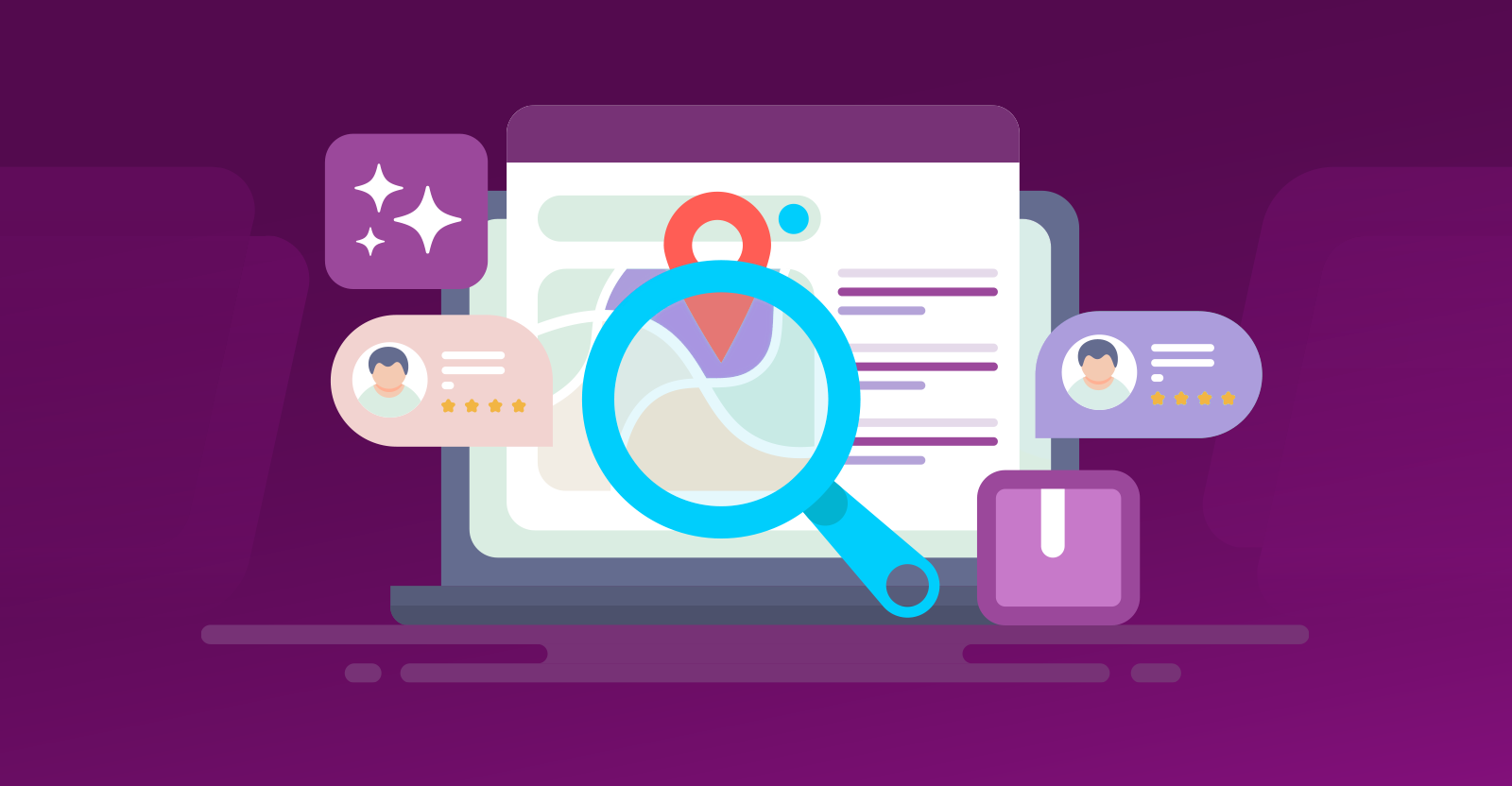Maximize Your AI Visibility Before Your Competitors Do [Webinar] via @sejournal, @lorenbaker

AI-driven search is rewriting the rules of discovery.
ChatGPT, Perplexity, and Google AI Overviews are changing how customers find brands. Traditional rankings no longer guarantee visibility.
Are you appearing where it matters most?
Discover proven strategies to boost your AI mentions and citations.
What You’ll Learn in This Session
Pat Reinhart, VP of Services & Thought Leadership at Conductor, and Luiza Shahbazyan, Sr. R&D Product Manager at Conductor, will show you exactly how to win in the age of AI search. You’ll learn:
- How to maximize your brand’s visibility across AI answer engines.
- Key signals that influence AI citations, including content authority and digital PR.
- Practical strategies to earn mentions and strengthen trust signals.
- How to adapt your SEO workflows for Answer Engine Optimization (AEO).
Reserve Your Spot Today
Register now to get actionable tactics and data-backed insights that help your brand show up in AI results.
🛑 Can’t attend live? Sign up anyway, and we’ll send the full recording straight to your inbox.

